Fire prevention in mixed-use buildings faces several challenges, in a precise task and against the clock that stakes the irreplaceable value of human lives.
By: Iris Montoya
To understand the scope of this topic we will take three indicators as the most influential in fire prevention. The first is legislation, which arises when the conflagrations have already caused victims and material damage, works 'a posteriori' because in its role as regulator it enters to mediate once the scenario is established.
The second is the use and occupation of real estate, where the concept of mixed-use space is committed to housing different programs (such as housing, commerce and recreation) in a single building.
Hence, there is a variable flow of people, in addition to physical inputs with different levels of flammability, in the same structure. This notion was promoted by the theorist of urbanism Jane Jacobs in 1961, and imported to Latin America as an architectural trend in the 90's, a consequence of the North American "New urbanism".
Hence, so many relevant buildings in the region and new projects have these characteristics. The third indicator, which acts as a triggering spark, is human nature that shelters 'error' and 'ignorance'. Well, although there is a standard, knowledge and compliance with it, as well as reactive actions at the time of a fire, vary affecting the final result of this type of circumstances.
Deep problem: between the few data and the norm In the case of Colombia, as denounced by the research article of the Ph.D. in structural engineering Julián Carrillo, called Evaluation of structural fire statistics in Colombia, "there is no public database in which details are collected on structural fires that occur in the country, where the information that characterizes the types of building, human affectations and materials, construction materials, among others, is stored".
In the same research, it was determined that buildings classified as C-2, that is, of commercial type, are the third most frequent case of structural fires.
Similarly, the study of the Department of Risk Consulting – DCR, Willis Towers Watson Chile "Fires in Chile: Statistics and Perspective from the experience as Insurance Brokers" (2020), states that "there are no statistics on fire that are not on forest fires and there is no public entity that is responsible for this matter".
In addition, it points out the absence of the private sector in the face of this problem as a consequence of the "robust and consolidated Insurance Market", where the existence of insurance that covers fires isolates the information and, as a consequence, "it is not possible to obtain general and centralized statistical background on the accident rate in the field of fires".
The study revealed that 70% of the events reported in Chile between 2010 and 2020 (130 fires), are concentrated in 3 areas: industrial, commercial or commercial occupations and storage.
Mexico follows this line, according to the National Council for Fire Protection (CONAPCI), of the 2,400 municipalities of that country, it was possible to collect information from just 100, where the data indicate that "in 2014, more than 30 thousand fires were attended in urban settlements, not counting the forest ones", a truly alarming figure considering that it grows annually by 10%.
Another complaint of the annual increase in fires, due to lack of infrastructure and normalization, was made by Maximiliano Wutzke, President of the Argentine Chamber of Fire Protection, who detailed its national situation in 2021. "Although the regulations and building codes within C.A.B.A are a little more advanced than those of the rest of Argentina, today more than 90% of the establishments in our country do not have an adequate Fire Protection System."
Moreover, Wutzke stated that in most cases that do have the systems, they do not comply with maintenance according to the routines established by the IRAM and NFPA Technical Standards.
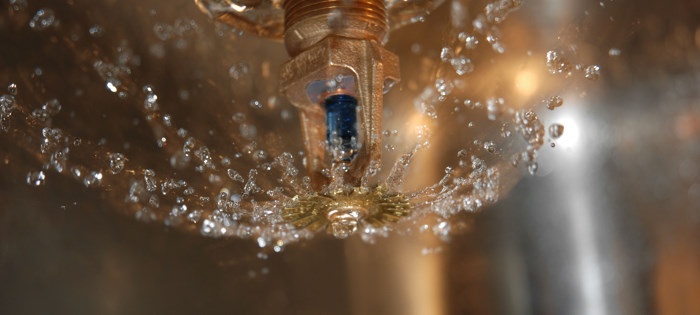
Design, part of the solution?
Engineer Jaime Andrés Moncada, renowned expert and leading author on the subject of fire protection, corporate director of International Fire Safety Consulting (IFSC) and director of the Fire Protection Institute (FPI), indicated that mixed-use buildings, or "occupations for public use", have special requirements.
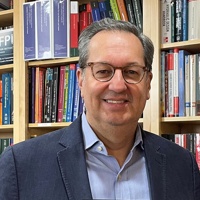
"A differentiating issue of these buildings is that the people who visit them are not familiar with the building, therefore, fire protection systems and means of evacuation must have a design that allows the unequivocal response of the occupants to an emergency.
In this type of occupation, international regulations require, in most cases, a voice alarm, as it is more effective and identifiable to visitors than tone alarms. "
On the other hand, Jaime explained that most of these constructions today are protected with automatic sprinkler systems, connections for hoses, fire extinguishers, evacuation signage and emergency lighting, so a smoke detection system is no longer required throughout the building, unless it is a place where people can sleep. in which case it serves as an early warning, but it has no reactive functions.
In that sense, according to the expert, what must be consolidated from the beginning of the design in this type of construction, is a clear strategy to respond to a fire. "Evacuation drills are not necessary in these types of buildings, but it is important that the people who work in them know how to respond to an emergency."
However, when talking about the devices to be installed, the engineer affirms that "acquiring fire protection systems is a complicated process, because it is very difficult for the user to discern if it was well designed and installed. Therefore, in the bidding process it should be sought that the designer engineer is someone competent and experienced. Also that the installer is a qualified company."
As a main strategy, the renowned author recommends separating the design and installation processes. "Do not allow the designer to also install, to prevent them from being judge and party." Additionally, the engineer emphasized that in this case buying cheap is very expensive, "unfortunately the 'litmus test' of that system is done very late: when a fire occurs."
In the words of the engineer, a great addition are automatic sprinkler systems. "Today, they are more efficient and effective, there is no other system with the same level of reliability." He also stressed that they can put out fires for seconds, they also work better than hoses or fire extinguishers, which have limited range and must be operated by someone trained who is not always on the scene.
To this he added that the most common mistake "is to see a building full of smoke detectors and with a tone alarm, when smoke detection, as I already mentioned, is not normally required, while voice notification is."
Jaime also shared the current scenario, which poses the regulatory and design challenges. "Countries like Costa Rica, Panama and Ecuador have already adopted and are using NFPA regulations. Other countries such as Colombia, Peru and the Dominican Republic have partially adopted them or are in the process of modifying their codes.
And finally, he pointed out that Mexico manages the particularity that "it has a very outdated national standard, but it is very common for almost all large projects to follow NFPA standards."
The fire network gains importance
For her part, Diana Leaño, Co-Founder of HYPIPE and consultant in fire networks, commented that in the Colombian case, today the fire network is taking a level of importance similar to the foundation, the structure and, in general, the architecture of a building.

"This at first sounds exaggerated, but we measure it better when we understand that we are talking about lives. At the same time, in most cases it seems that the client does not assimilate the importance of this and that is why that item is the last to be added. But there are also customers, even if they are a minority, who take into account this investment from the beginning of the work and adhere to the regulations, an issue that ends up being strategic, since the cost of the fire system is usually very high and almost always has additions ".
Faced with compliance with regulations, which so influences design requirements, she pointed out that, for Colombia, "another conflict is that the regulations are not objective, in many cases they are applied according to what is interpreted. Imagine that NSR10 is like a holy book, whoever reads it will be able to interpret it according to their needs, something similar to what happens with texts that are shared by different religions."
As for the operational problems, the engineer clarified that the lack of maintenance influences the operability of these systems. "When delivering a building, tests must be done to obtain the approval of the firefighters. As a designer you never know about that construction again and as a client you forget about the system, because everything works well. That's why in design I specify a maintenance of between 8 months to a year is usual when the equipment is completely new".
Diana indicated that when a building is several years old, the recommendation is every six months, to detect anomalies, as well as an annual pressure test, to prevent dirt from the compacted water. Finally, a general system change should be done within 10 to 15 years, to avoid having damaged pipes.
The engineer also stated that there are special considerations when the building is mixed. "In that case there are several types of classification in a single construction, so we must apply the most demanding requirements.
That is, if I have a case with restaurants, commerce, and housing, I take the most demanding regulations of the three cases and thus classify the entire building. However, the distribution of sprinklers and other devices I do in each space according to the standard."
A real example of this, applied masterfully, said Diana, is the design of the Atrio building in the city of Bogotá. It is mainly an office building, but it also has a commercial part, which meets all the alignments and requirements (see graph 1).
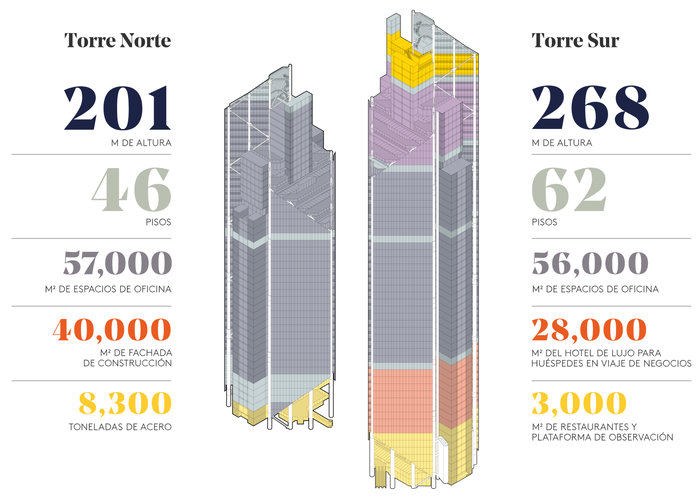
The expert concluded that the Colombian case is still complex at the level of Latin America. "Here it is a precarious issue, because it is not as advanced as other countries. We must take fire regulations as something equally important for the functionality of a building, a study of soils, foundations or structural. "
Knowledge: key to improving design
Francisco Sobarzo, regional sales manager for Latin America of fire detection at Johnson Controls, addressed the issue of fire prevention as a cross-cutting issue. "In commercial buildings, such as housing, the real importance is not given to alarm and fire systems and less to suppression systems. If we start from the premise that we are protecting people, it becomes clear that this is a great challenge for all companies and constructions."
Likewise, the manager denounced that this is a problem in Latin America, because many end customers usually say 'I want to comply, but I have a limited budget and I need to deliver'.
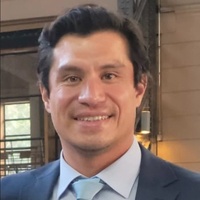
"I have seen cases such as residential spaces with smoke detectors that are not connected to any panel; or a supermarket where technicians found that sprinklers and pipe did not connect to any wet network."
Moreover, he explained that many of these bad practices go hand in hand with permission, because for him when a country does not have a competent authority to deal with this issue, it enters a vicious circle, where whoever wants to do it wrong, does it badly; And whoever should audit it does not understand how to control it.
"It is a cultural issue that must be handled from knowledge, we must nurture people from the offer of fire detection and suppression solutions. And, at the same time, provide education of what the regulations say, help them understand how to work from the different codes."
Francisco draws part of the solution to this challenge from his role and that of his company as a provider of solutions in the market.
"All manufacturers, in general, are working at the Latin American level to take the regulation to the next level, so that it goes from being a standard that we and the big projects mainly use, to being a powerful regulatory agent. Many countries in this regard are taking action, preparing their local regulations, referring to NFPA, in fire alarm code and signaling specifically to NFPA – 72.
And he concluded by explaining that Johnson Controls is pushing among its clients the various regulations, with a special emphasis on professionalizing and preparing more the smaller integrating channels, since these tend to take the 'small' projects, "which are the ones that often have less knowledge and application of the regulations".
In short, fire prevention in mixed-use buildings in Latin America requires rigorous records that are clear antecedents for strategies, updating regulations at the regional level, but above all formalizing compliance with them; thus modifying those cultural vices that are detrimental to security.
The design of fire prevention systems is then a solution that already has clear guidelines in American standards. But it loses relevance when budget cuts take center stage, where the familiarity of designers and installers, as well as lax audit processes, become a flammable basis waiting for an accidental spark.
Painful recount
In Argentina, fires at the República Cromagnón nightclub (2004) and the Saint Emilien neuropsychiatric clinic (1985), left 194 and 78 deaths respectively.
In Brazil, the uncontrolled fire at the Kiss nightclub (2013) left 242 dead and 636 injured, this year (2022) the conflagration of the Center for Treatment and Support of Chemical Dependents of Carazinho blinded the lives of 11 people.
In Ecuador, 19 human lives were extinguished at the Factory nightclub (2008). In Paraguay, the fire at the Ycuá Bolaños supermarket (2004) left more than 200 injured, 6 missing and 327 dead.
The flames consumed Mesa Redonda (2001) in Peru, initially a 277 fatalities were noted, but in 2021 it was estimated that the real figure was 400, counting disappeared, unrecognized bodies and wounded who did not survive.
In Mexico, the fire at the ABC Nursery (2009) left a total of 49 children dead and 106 injured, while in the incident at the Casino Royal de Monterrey (2010) 52 people died.
Finally, in the church of the Society of Jesus in Chile (1863), the lives of around 2,000 believers who were in the compound were blinded. Situation that led to the creation of the Santiago Fire Department.
But the country dressed in mourning again with the Great Fire of Valparaíso, (2014) that began as a forestry event and left a balance of more than 2,900 homes destroyed, 12,500 people affected, 15 dead and more than 500 injured.


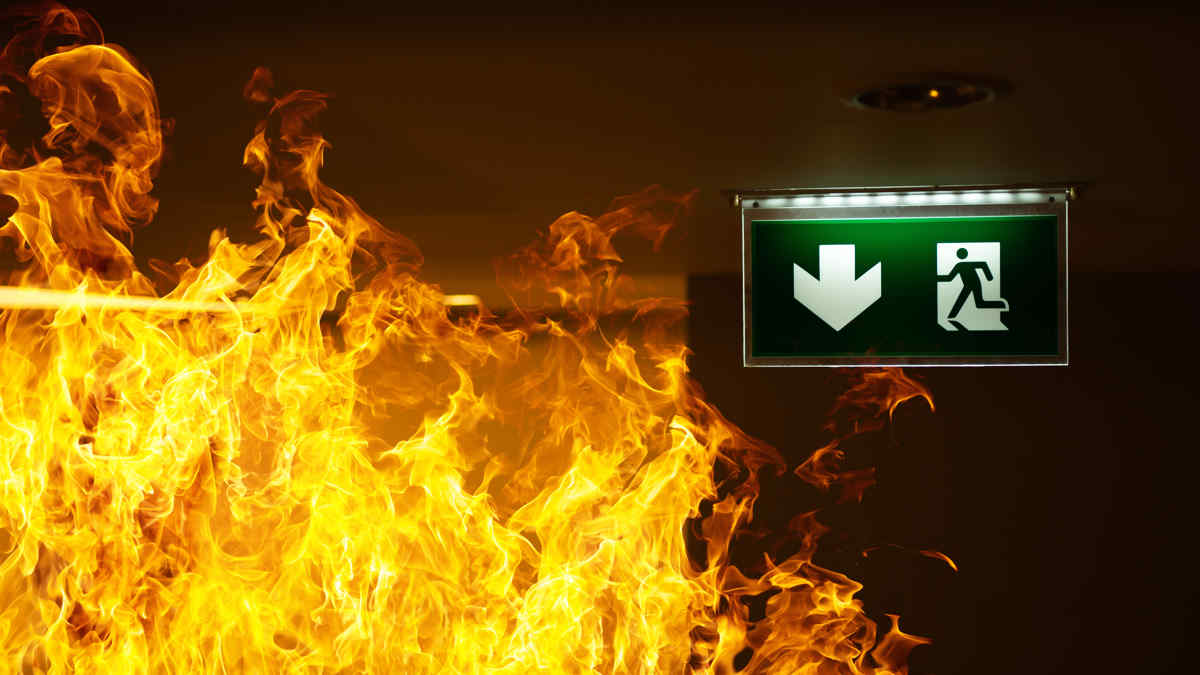















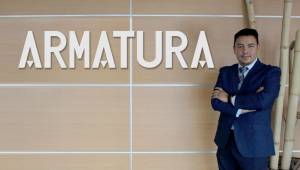







Leave your comment